Tens of thousands of alien species are causing more than $400 billion in damage each year and severely affecting ecosystems around the world.

Bangladeshi boatmen navigate through dense water hyacinth on the Buriganga River in 2014. Photo: AFP
Invasive species that destroy crops and forests, spread disease and disrupt ecosystems are spreading at an unprecedented rate around the globe and humans have yet to stop the tide, according to an extensive scientific assessment by the UN's Intergovernmental Scientific Advisory Panel to the Convention on Biological Diversity (IPBES) released on September 4. This causes damage and lost income of more than $400 billion a year, equivalent to the GDP of Denmark or Thailand, and that may still be an underestimate, according to AFP.
The assessment lists more than 37,000 alien species that have appeared far from their native range, a number that is on the rise, and the damage has quadrupled every decade since 1970.
Economic development, population growth and climate change will increase the frequency and scale of biological invasions and increase the impact of invasive alien species, the assessment said. Only 17% of countries currently have laws or regulations to manage such invasions. The spread of species is clear evidence that human activity has altered natural systems so much that it is pushing the Earth into a new geological epoch, the Anthropocene.
Many invasive species are deliberately introduced by humans. For example, water hyacinth is believed to have been introduced as a garden flower by Belgian officials in Rwanda, East Africa. It invaded the Kagera River in the 1980s and at one point covered 90% of Lake Victoria. It obstructs navigation, suffocates aquatic life, prevents hydroelectric dams from operating, and provides breeding grounds for mosquitoes.
The Everglades in Florida, USA, are struggling with invasive 16-foot Burmese pythons, white catfish, Lygodium microphyllum ferns and Brazilian pepper plants, descendants of pets and ornamental plants brought here.
Rabbits were introduced to Australia and New Zealand in the 19th century for hunting and food. However, they quickly multiplied, eating local plants, causing habitat degradation and threatening the survival of many native species.
However, invasive species often arrive in new lands by accident, for example by “hitchhiking” on cargo ships. The Mediterranean Sea is home to many non-native fish and plants, such as lionfish and Caulerpa seagrass, which migrate from the Red Sea via the Suez Canal.
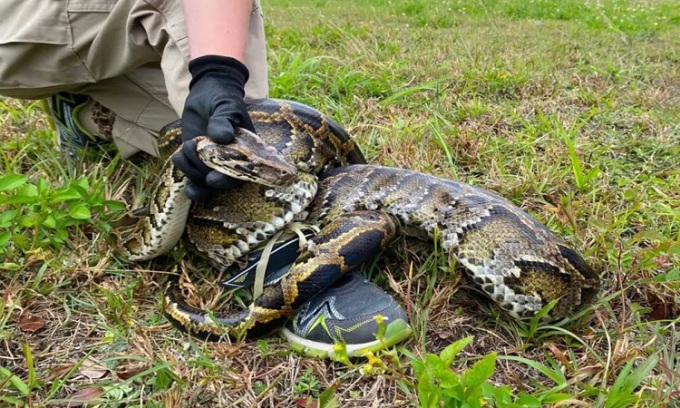
Burmese pythons were introduced to Florida in the 1980s. Photo: Miami Herald
Europe and North America have the highest concentrations of invasive species in the world, according to a new report by IPBES. A big reason for this is the huge volume of trade there.
In Vietnam, in 2019, the Ministry of Natural Resources and Environment also issued a Circular stipulating criteria for identifying and promulgating the List of invasive alien species including 19 species and the List of invasive alien species at risk including 61 species.
The 19 invasive alien species are divided into 6 groups: microorganisms (avian influenza virus...), invertebrates (golden apple snail...), fish (mosquito-eating fish...), amphibians - reptiles (red-eared slider), birds - mammals (South American beaver), plants (water hyacinth...). The list of invasive alien species at risk includes 61 species in 5 groups: invertebrates (American white butterfly, blue crab...), fish (white-bodied pomfret, tiger fish...), amphibians - reptiles (leopard frog, brown tree snake...), birds - mammals (ecmin weasel, brown squirrel...) and plants (giant water hyacinth, climbing daisy...).
The IPBES report on September 4th found that invasive species were a significant contributor to 60% of recorded plant and animal extinctions. Other causes include habitat loss, global warming and pollution.
These factors also interact. Climate change pushes alien species into newly warmed waters or lands. Native organisms there are often vulnerable to invaders they have never encountered. Last month, deadly wildfires raged in the town of Lahaina on the Hawaiian island of Maui, partly due to invasive grasses introduced decades ago to feed livestock and now spreading.
An international treaty to protect biodiversity signed in Montreal last December aims to halve the rate of spread of invasive alien species by 2030. The IPBES report lays out broad strategies for achieving this goal, but does not assess the likelihood of success. Essentially, there are three lines of defence: prevention, eradication, and control/containment if the previous lines fail.
Thu Thao ( Synthesis )
Source link








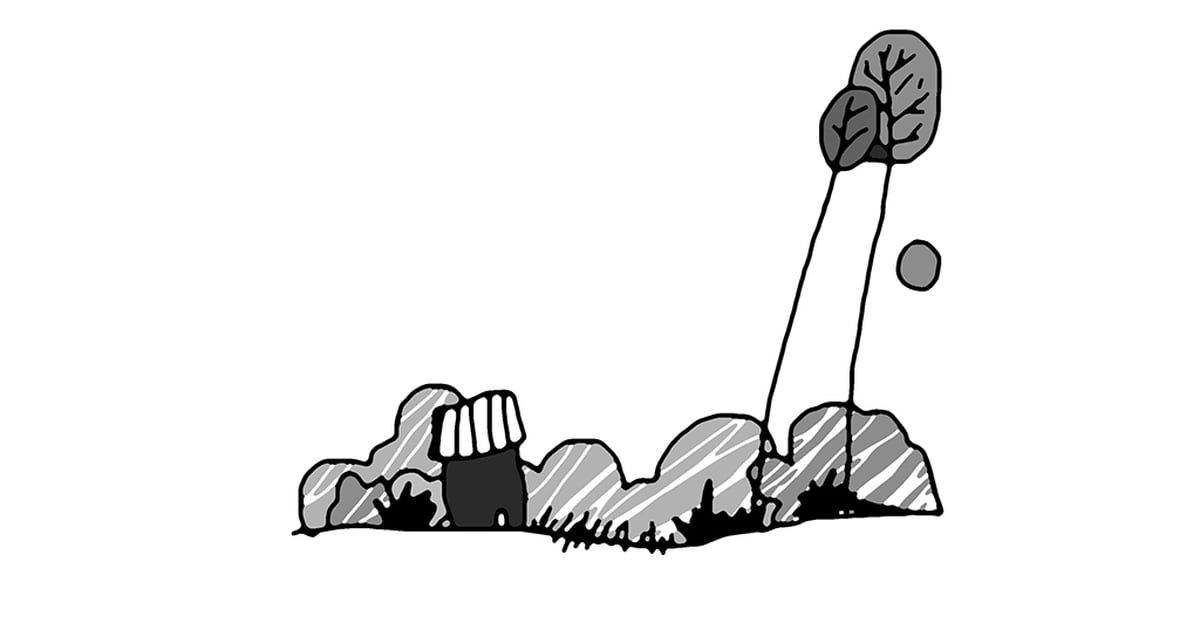





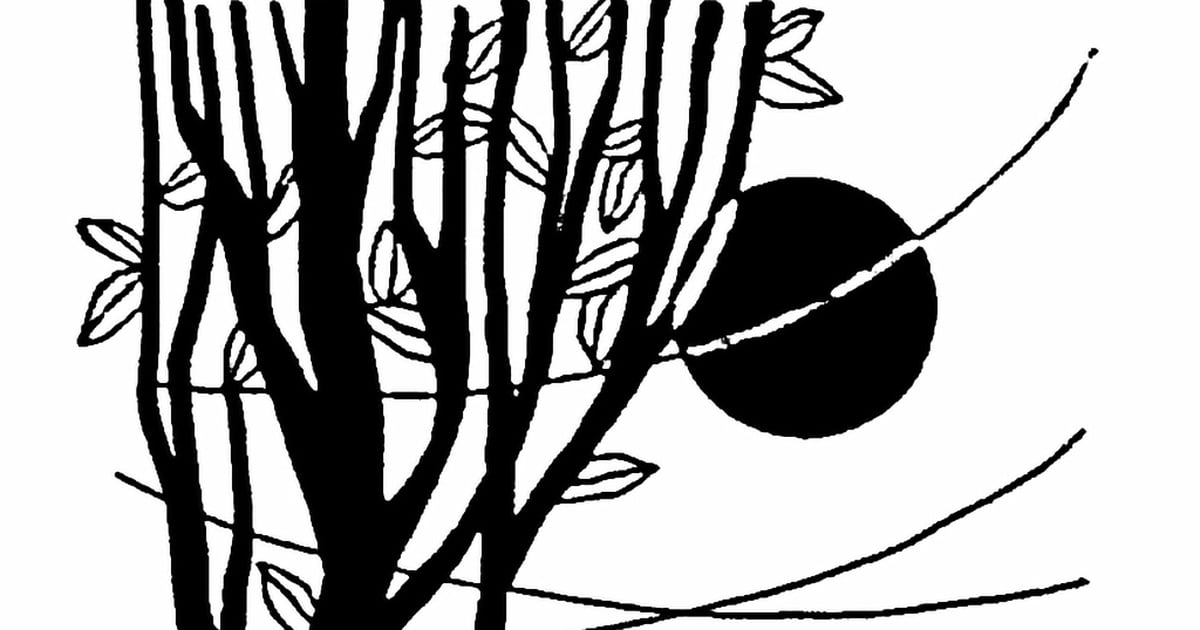




![[Video] Approval of the Master Plan for the Construction of a High-Tech Forestry Zone in the North Central Region](https://vstatic.vietnam.vn/vietnam/resource/IMAGE/2025/4/12/93e860e3957940afaaab993c7f88571c)

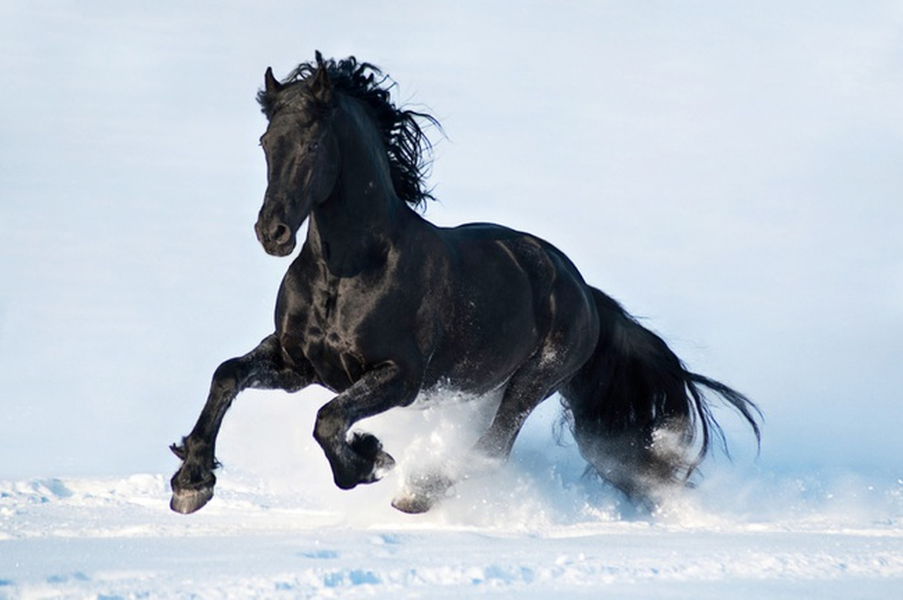










![[Photo] "Beauties" participate in the parade rehearsal at Bien Hoa airport](https://vstatic.vietnam.vn/vietnam/resource/IMAGE/2025/4/11/155502af3384431e918de0e2e585d13a)













































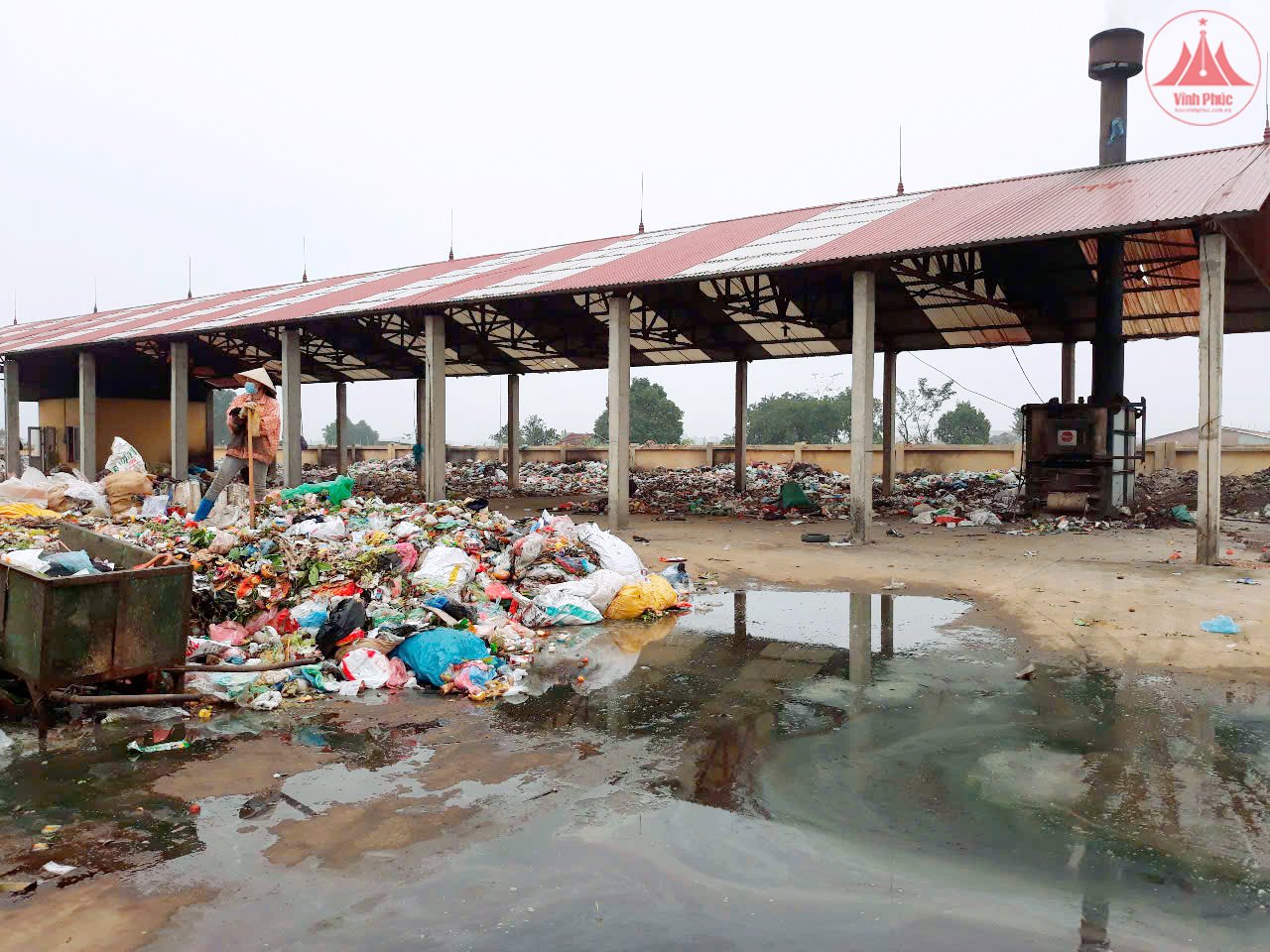
















Comment (0)